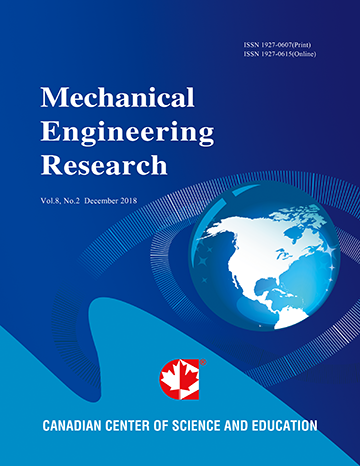Energy and Exergy Analysis of a Simple Gas Turbine Cycle with Wet Compression
- E. Betelmal
- S. Farhat
Abstract
A thermodynamic model of the wet compressor in a simple gas turbine cycle was investigated in this paper. A suitable quantity of water was injected into the compressor-stages where it evaporated. Subsequently, the steam and air were heated in the combustion chamber and expanded in the turbine. The wet compressor (WC) has become a reliable way to reduce gas emissions and increase gas turbine efficiency. In this study, the operational data of the simple gas turbine and the maximum amount of water that can be injected into the compressor were assessed, as well as a comparison between the dry compression, the wet compression and the isentropic compression. The performance variation due to water spray in the compressor and the effect of varying ambient temperature on the performance of gas turbine (thermal efficiency, power) was investigated, and the results are compared to the results of the same cycle with a dry compressor. The analytical formula of exergy destruction and results show that exergy destruction increases with water injection. The programming of the performance model for the gas turbine was developed utilizing the software IPSEpro. The results of the gas turbine with a wet compressor demonstrates a 12% reduction in the compressor exit temperature up to isentropic temperature. The compressor work decreased by 11% when using a wet compressor, this lead to an improvement in power output and efficiency However, the wet compressor increases the specific fuel consumption and heat rate of the gas turbine. There are limitations in the amount of steam that can be injected, 0.4 kg/s of water was the optimum amount injected into the compressor.
- Full Text:
 PDF
PDF
- DOI:10.5539/mer.v8n1p30
Contact
- Lenna BaiEditorial Assistant
- mer@ccsenet.org
